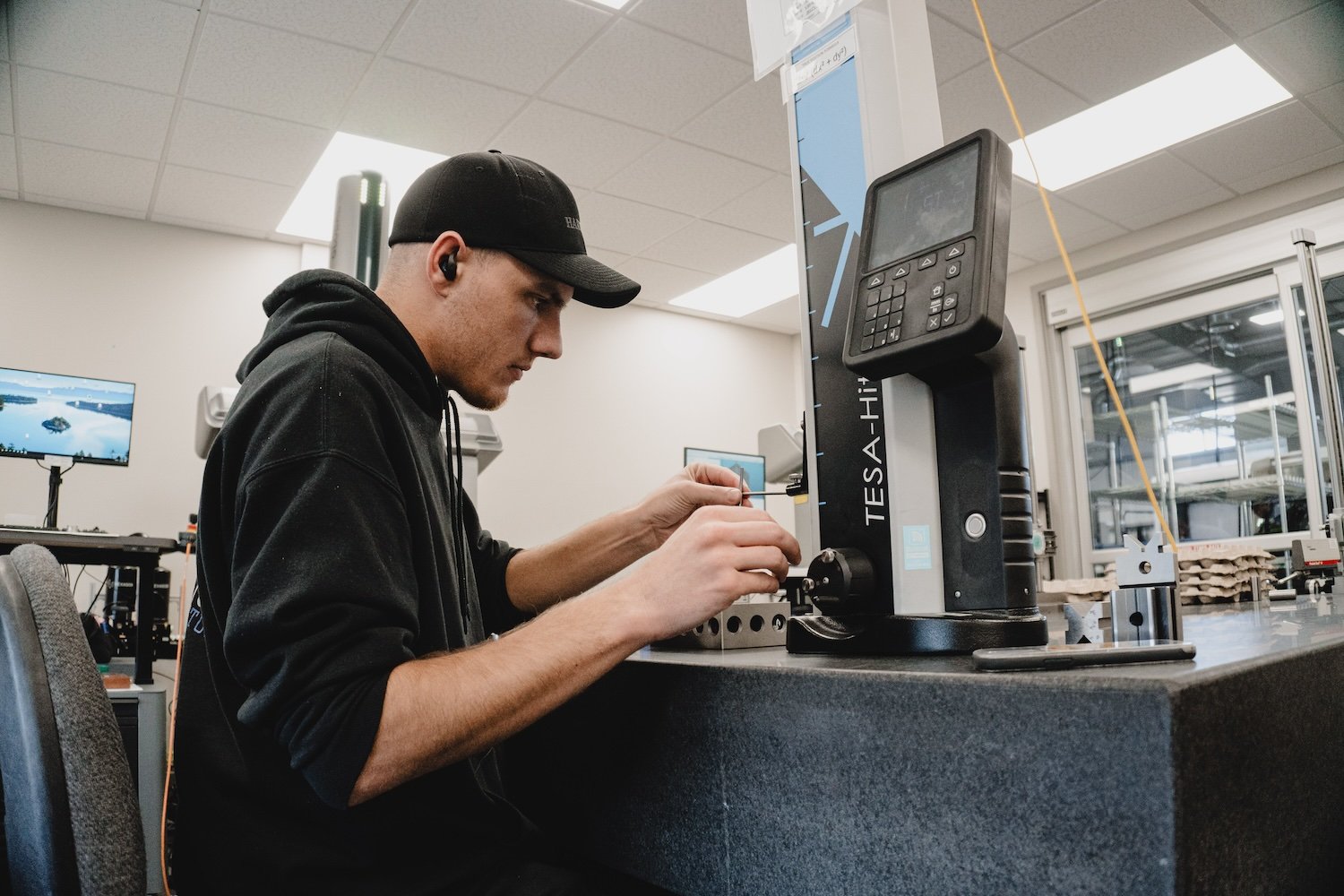A Different Kind of Partner: TORQ Will Challenge Your Spec to Save You Time & Money
In the world of manufacturing, most shops take your print and build exactly what’s on it. We take it a step further.
Yes, we’ll build to spec—but if we see a smarter way, we’ll tell you.
Because in our experience, the drawing doesn’t always tell the full story. And sometimes, our biggest value isn’t just in producing the part—it’s in improving it before the first cut is made.
When “To Spec” Isn’t Enough
Many of the parts we machine are being built for the very first time. That’s the nature of custom manufacturing—and it means the opportunity for refinement is always on the table.
We've had engineers come to us with materials that looked right on paper but cracked in heat treat. Others specified tolerances so tight they drove up cost and complexity… for no real benefit.
That’s when we ask the right question:
What are you really trying to accomplish with this part?
Once we understand the goal, we can recommend solutions that hit the target without adding unnecessary cost or delay.
What It Looks Like in Practice
A better material choice:
Leveraging our breadth of experience in building parts across industries and applications, we’ve helped customers avoid high-stress materials that warp after machining — recommending alloys that perform better, hold tighter tolerances, and reduce scrap.
Loosened tolerances, tightened timelines:
Sometimes, engineers call for a ±0.0005” tolerance because “that’s what we’ve always done.” We’ve worked with teams to open up tolerances where functionally appropriate, resulting in faster delivery and lower cost.
Design collaboration—not criticism:
Our team doesn’t “call out” mistakes. We offer insights from a toolmaker’s point of view—helping engineers not only get better parts, but become better engineers. In one recent case, we worked closely with a customer's design team to solve a heat treat cracking issue. Together, we’re testing a new solution that may significantly improve performance and reliability.
As our CEO/President, Kyle Ellis states, “It’s not our job to engineer the part—but our experience helps us spot problems before they cost you time or money.”
Why It Matters
We come from a background in toolmaking—where parts didn’t just need to look good on paper; they needed to work. That mentality still drives us today, so when our customers partner with us, they get more than a job shop. They get a team that thinks critically, respectfully challenges assumptions, knows how different materials behave in the real world and communicates with honesty and clarity.
We help customers make better decisions—early on, where it counts. So when a project needs to move fast, perform reliably, and stay on budget, the right partner matters. We never take the “punch numbers into a machine and walk away” approach. We strive, conscientiously, to help our customers get it right—from the first RFQ to the final inspection.
We know there are vendors who say “yes” without thinking—we just ask the right questions first.
Let’s build something better together.

